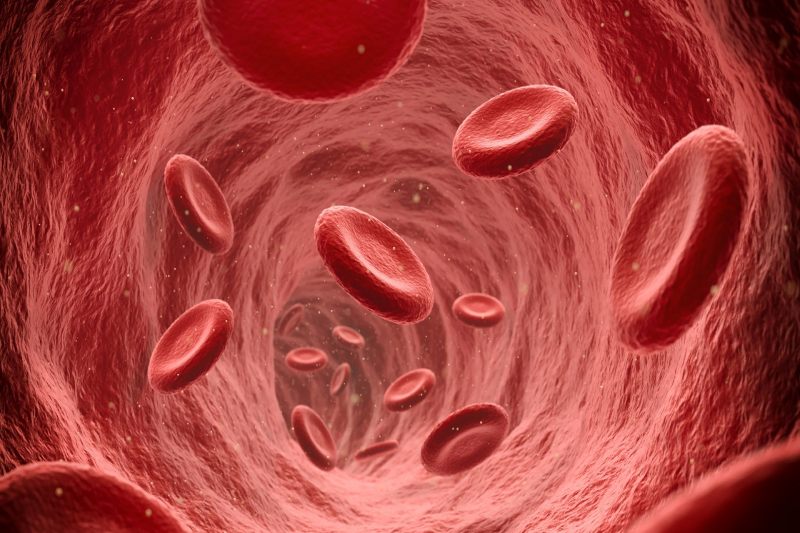Using microscopic ice sculptures, which are like to genuine arteries in their twisting and branching, scientists are attempting to create blood vessels from human cells. These sculptures can serve as temporary scaffolds that will eventually melt and be replaced by living cells.
Using a 3D “ice printing” method, the researchers created the scaffolds in a recent study to illustrate the first step of this blood vessel formation process. After that, the scientists covered the scaffolds with a gel that contained human cells, and they grew for roughly two weeks.
According to study researcher Feimo Yang, a doctoral candidate in mechanical engineering at Carnegie Mellon University, the technique of ice printing may one day be used to create lifelike, lab-grown blood vessels from human cells that capture the “complex geometries” of real vascular networks in the body, Live Science reported.
“At the moment, this is more of a proof of concept,” Yang stated, but if technology advances, it may be possible to create blood vessels that may be implanted into a patient in order to replace, repair, or bypass an artery or vein.
Related: Human brain tissue created in 3D functions just like the genuine thing
Currently, blood vessels can be removed from a donor or from another part of the patient’s body for transplantation. Physicians may utilize synthetic polymer-made artificial blood arteries, natural materials like proteins, or a combination of the two for certain treatments. Nevertheless, due in part to their non-living nature, these artificial blood arteries can malfunction and do not exactly resemble natural ones.
That’s where ice printing could be useful; it could enable researchers to use actual human cells to construct structures that are more lifelike.
Yang also mentioned the potential use of ice printing at very small sizes in the creation of “organ-on-a-chip” systems. These devices function as microscopic replicas of human organs, utilizing fluids that pass through numerous tiny channels to support cell growth.
The team’s latest research was made possible by a printing method known as 3D-ICE, which Yang will present at the 68th Biophysical Society Annual Meeting in Philadelphia on February 10–14.
By pouring drops of water onto a cold copper surface that is maintained at minus 31 degrees Fahrenheit (minus 35 degrees Celsius), the printer—which uses water as its “ink”—works. A drop of water hits the surface and instantly freezes, adding to the ice sculpture with each subsequent drop.
About 200 drops of water are ejected from the printer every second. This rate is slow enough for one drop to begin freezing before the next one arrives, but it is rapid enough for the drops to still freeze together in a seamless structure as opposed to forming distinct layers. Yang clarified that if the drops dropped too quickly, a drop of liquid water would combine with another drop and spread out before freezing.
Since the drops themselves have a diameter of only 50 micrometers, the resulting structures can be constructed with minuscule details. Additionally, the printing method is quick. The team’s creations measured approximately 0.1 inches (3 millimeters) in height and 0.008 inches (0.2 mm) in circumference. The printing process “takes maybe 20 seconds.”
Other methods of generating miniature sculptures out of ice printing work better at creating smooth surfaces, but they still develop the sculptures layer by layer or volume by volume. In contrast, 3D-ICE has the ability to produce forms that are more fluid and resemble the human circulatory system.
Yang and associates used their ice printer to create a small sculpture, which they then covered with a gelatinous substance. Their printer employs “heavy water,” which is specially made of deuterium atoms instead of hydrogen, which is why the ice stays frozen at temperatures above freezing. As a result, the scientists could operate at temperatures where the ice remained frozen but their gel remained pliable.
They removed the ice and solidified the gel using UV light, creating smooth, blood-vessel-like channels. After adding endothelial cells—which line blood vessels—to the gel, the researchers demonstrated that the cells could proliferate for two weeks. They plan to experiment with extending the cell’s growth in the future.
Although it would take some time before 3D-ICE is used to create blood arteries that are intended for a patient’s body, Yang expressed optimism that the technology’s application will grow.
Topics #Blood Arteries #Ice Printing








